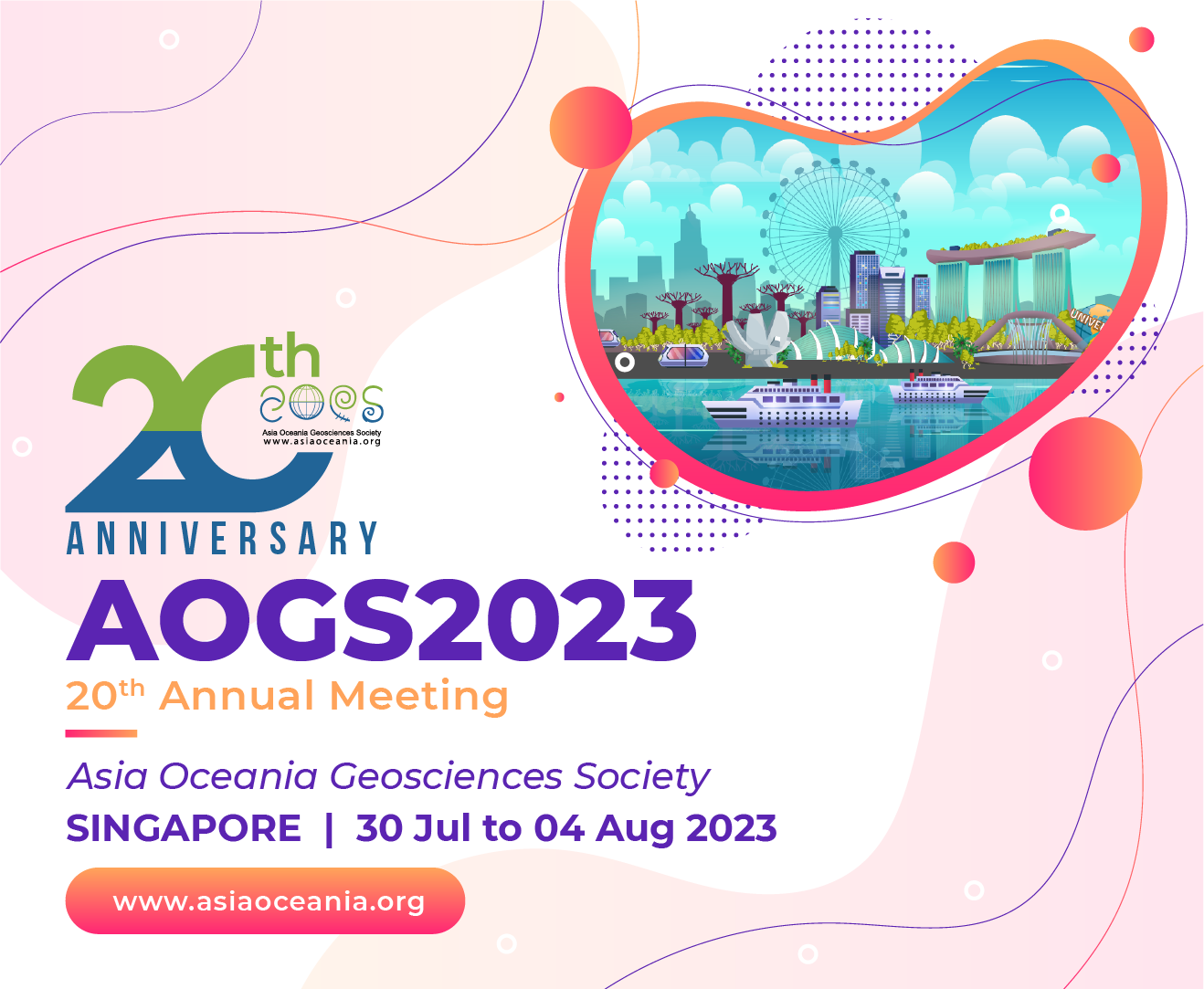

Yan YU
Department of Atmospheric and Oceanic Sciences School of Physics, Peking University
Dr. Yan Yu is currently an Assistant Professor in the Department of Atmospheric and Oceanic Sciences at Peking University. Yan got her bachelor's degree in Environmental Engineering from Tsinghua University. She completed two master's degrees in Environmental Sciences and Statistics and received her PhD degree in Atmospheric and Oceanic Sciences from the University of Wisconsin-Madison. She was awarded the prestigious NASA postdoc program fellowship at the California Institute of Technology Jet Proposition Laboratory. After postdoc appointments at UCLA and Princeton University, Yan joined Peking University in 2021.
Dr. Yu’s research involves land-atmosphere interactions with a particular focus on the climate feedbacks through dust and wildfire processes. She has developed and utilized a wide range of tools, including satellite remote sensing, statistical modeling, and Earth system modeling. Her research led to the following discoveries: (1) feedbacks of vegetation and soil moisture to regional climate and the underlying mechanisms; (2) identification of global dust sources and characterization of spatio-temporal variations in dust emission and transport; and (3) natural and anthropogenic drivers of regional wildfires and their feedbacks to the atmosphere and terrestrial ecology.
AS Kamide Lecture | 31 July (Mon) 08:15 AM – 10:00 AM | Level 3 MR331
Land-Atmosphere Feedbacks through Dust and Wildfire Processes
Abstract: The terrestrial ecosystem and atmosphere exchange mass, energy, and momentum, facilitating land-atmosphere feedbacks in a variety of ways. These land-atmosphere feedbacks affect regional hydroclimate, atmospheric composition, and human life. Following Jule G. Charney’s classic theory about positive feedback of vegetation on rainfall across the Sahel region, observational and modeling efforts have led to the discovery and quantification of land-atmosphere feedbacks on water cycle, energy fluxes, carbon budget, etc.
Dust and wildfires represent key processes in the land-atmosphere feedback loops. On one hand, the occurrence and intensity of dust and wildfire events are regulated by atmospheric conditions (wind, humidity, atmospheric stability, etc) and land surface states (e.g. land use/land cover, vegetation, soil, topography, etc). On the other hand, dust and wildfires impose anomalies on the terrestrial and atmospheric moisture, energy, and nutrient budgets, thereby triggering land-atmosphere feedbacks. Furthermore, due to the long-range transport of dust and smoke aerosols, dust and wildfires can cause large-scale feedbacks through aerosols’ radiative and biogeochemical impacts. Under global climate and environmental changes, the feedbacks between dust, wildfires, terrestrial ecosystems, and atmosphere are likely to become more complex and interactive.
This presentation will cover recent progress on the role of dust and wildfire processes in land-atmosphere feedbacks. Questions of interest include: (1) how do dust and wildfires change in response to terrestrial and atmospheric changes? (2) how do changes in dust and wildfires alter regional and global climate? (3) what changes in dust and wildfires do we expect under global environmental changes?
